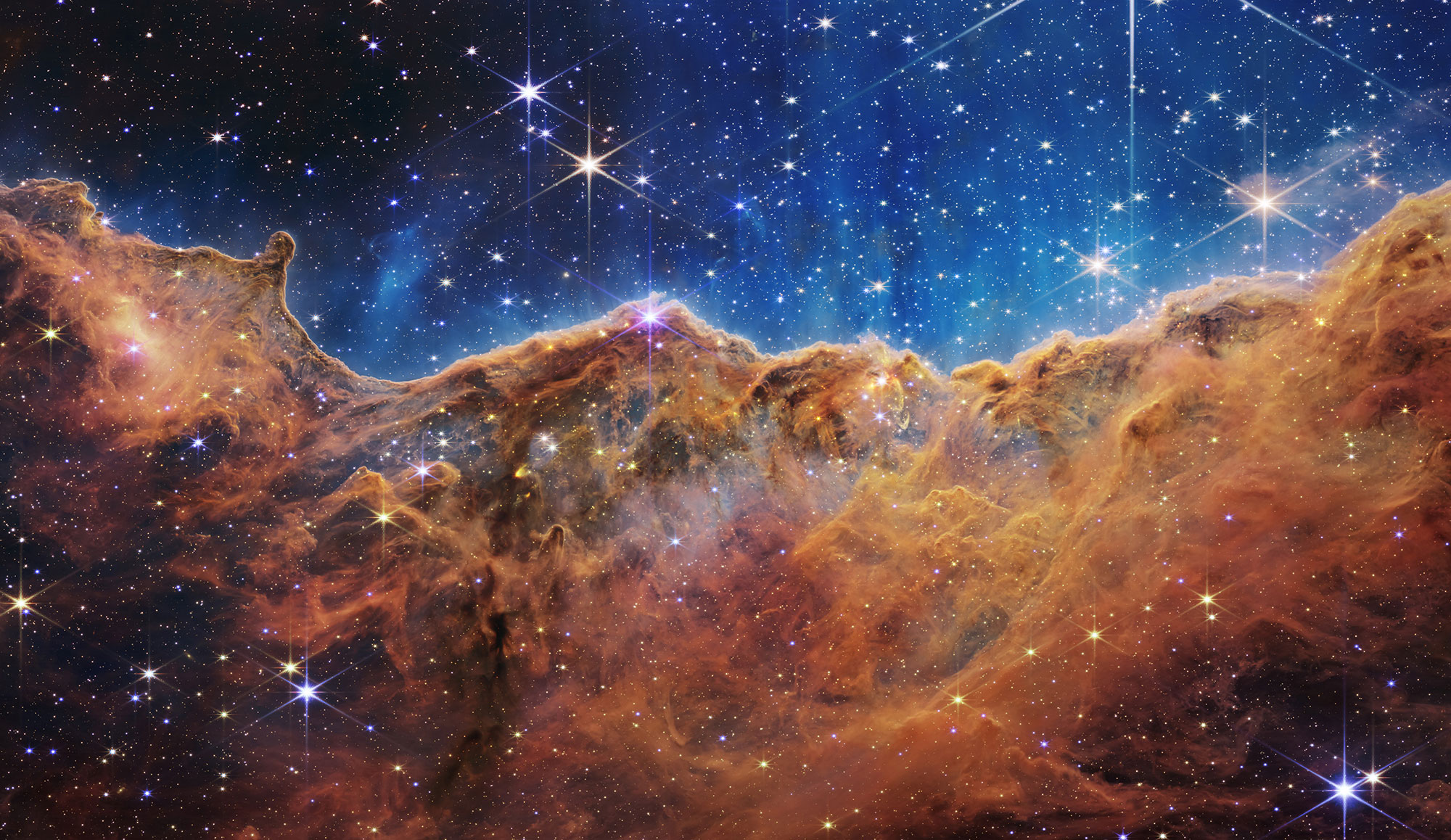
“Armstrong Flight Research Center chief pilot Nils Larson and I were flying supersonic runs to note the handling qualities between the single seat and two seat F/A-18 aircraft for the Sonic Booms in Atmospheric Turbulence, or SonicBAT program,” said Carla Thomas, one of NASA’s two female in-flight photographers. “Afterwards we did some aerobatic maneuvers, pulling 5 Gs and leaving some contrails.”
Sonic Booms in Atmospheric Turbulence, or SonicBAT, flights were performed at NASA’s Armstrong Flight Research Center in Edwards, California, to help NASA researchers measure the effect of low-altitude turbulence on sonic booms reaching the ground. This will help engineers further the study of shockwaves, and will assist in the development of tools necessary to further the development of future supersonic commercial aircraft.


























